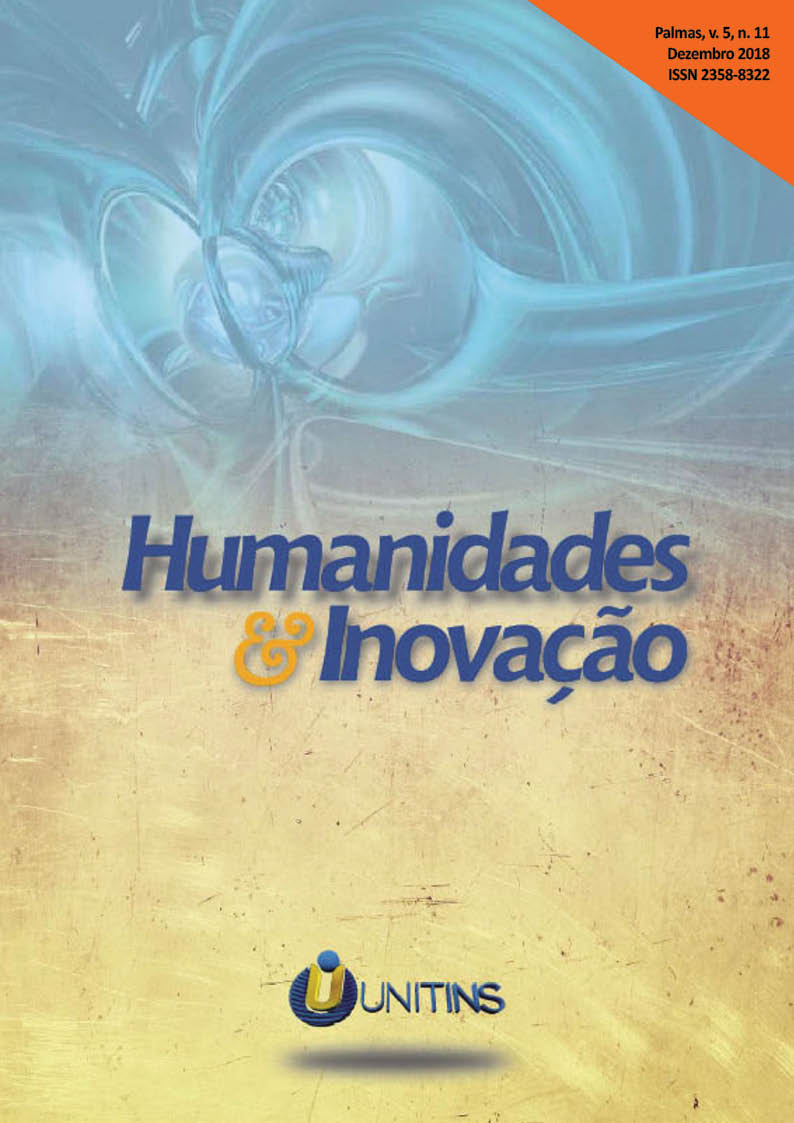ANALYSIS OF INDICATORS OF CHILD-FRIENDLY CITY (CASE STUDY: QUCHAN CITY, IRAN)
Resumo
Urban environments consistent with children’s nature would have a major share in their social and personal maturity. Child Friendly City (CFC) is a city, in which children have clean water and sanitary facilities beside possibility to express their opinions. In such a city, children can participate in the urban plans. This study seeks to compare and contrast different areas of Quchan including Yaghoub Abad, the Farhangian and Davoodi. These areas are going to be analyzed based on the desirable indicators of a child-friendly city comprising: public spaces urban furniture, transportation and traffic, social-cultural parameters. The present descriptive-analytical study is based on library research, surveys and interviews, using SPSS software. A decision model (TOPSIS), was also used for evaluating and ranking studied regions. On the aspect of urban furniture, the results showed that between the studied areas, Yaghoub Abad district had a more favorable condition with a degree of 2.98 in comparison with the Farhangian which received a degree of 2.92 and Davoodi that had a 2.85 degree. . On the aspect of urban traffic, the Farhangiyan area with a 3.15 degree had better situation than Davoodi with a degree of 2.88, which showed the lowest level of the three studied areas. Yaghoub Abad also had a degree of 2.99 which occupied a moderate position among these three areas. . By using TOPSIS model, it was determined that the current situation of child-friendly city in Davoodi had unfavorable conditions with priority coefficient (0£ 0.271£ 1), and Yacobabad with a coefficient of (0£ 0.375£ 1) is somewhat favorable and the Farhangiyan had relatively more favorable conditions with coefficient priority of (0£ 0.668£ 1).
A submissão de originais para este periódico implica na transferência, pelos autores, dos direitos de publicação impressa e digital. Os direitos autorais para os artigos publicados são do autor, com direitos do periódico sobre a primeira publicação. Os autores somente poderão utilizar os mesmos resultados em outras publicações indicando claramente este periódico como o meio da publicação original. Em virtude de sermos um periódico de acesso aberto, permite-se o uso gratuito dos artigos em aplicações educacionais, científicas, não comerciais, desde que citada a fonte (por favor, veja a Licença Creative Commons no rodapé desta página).











